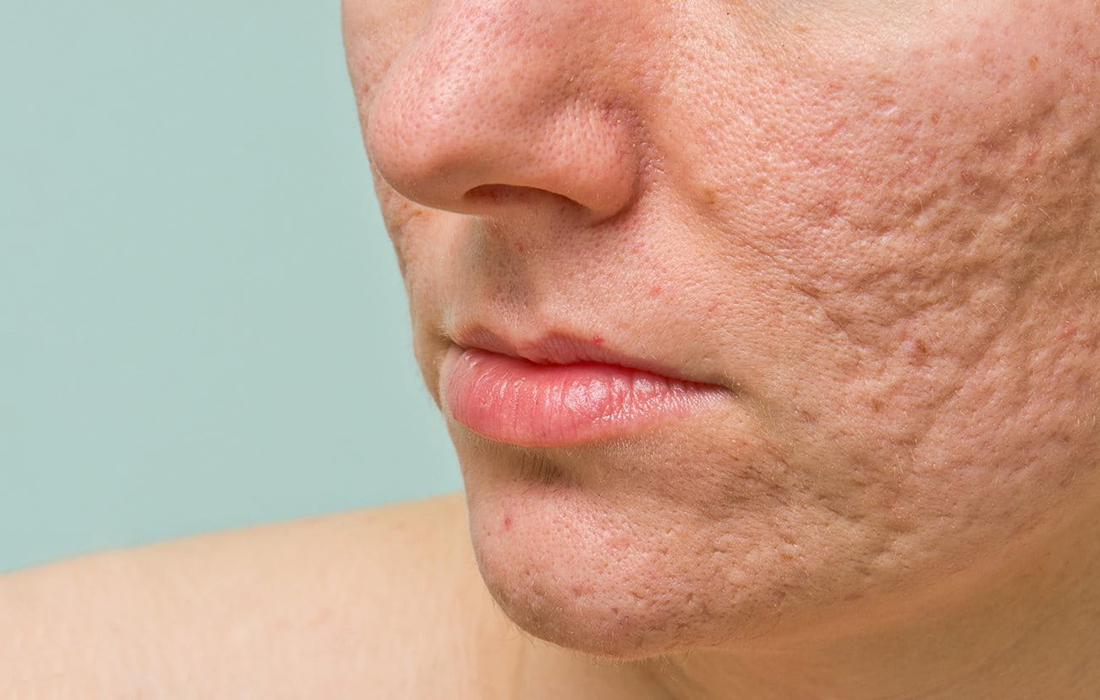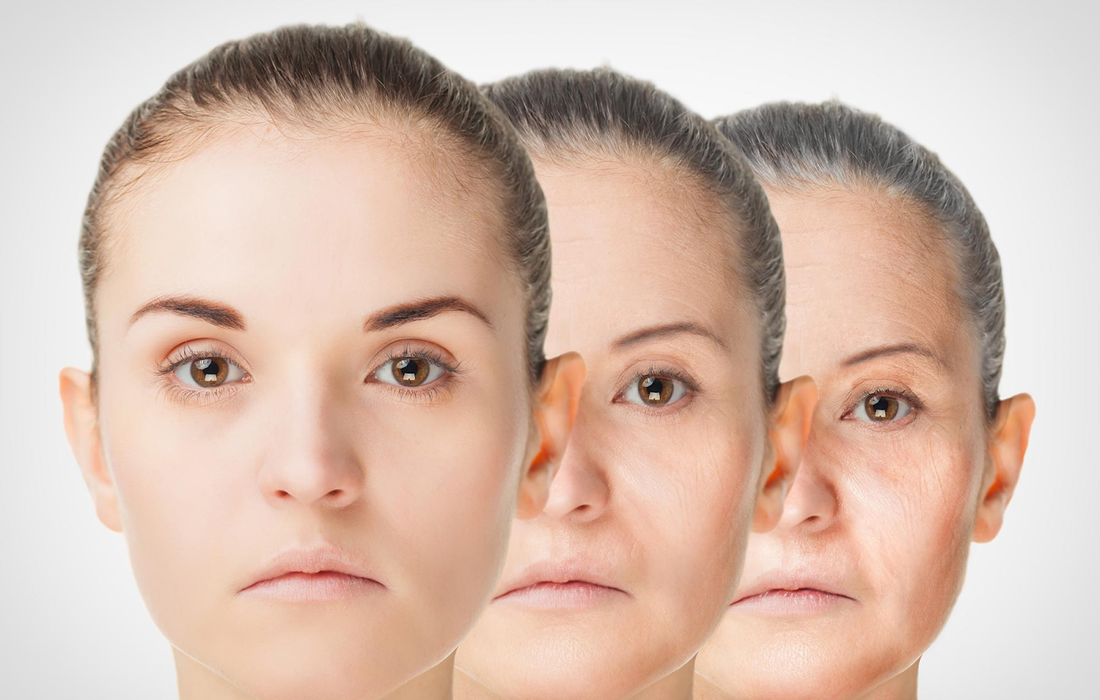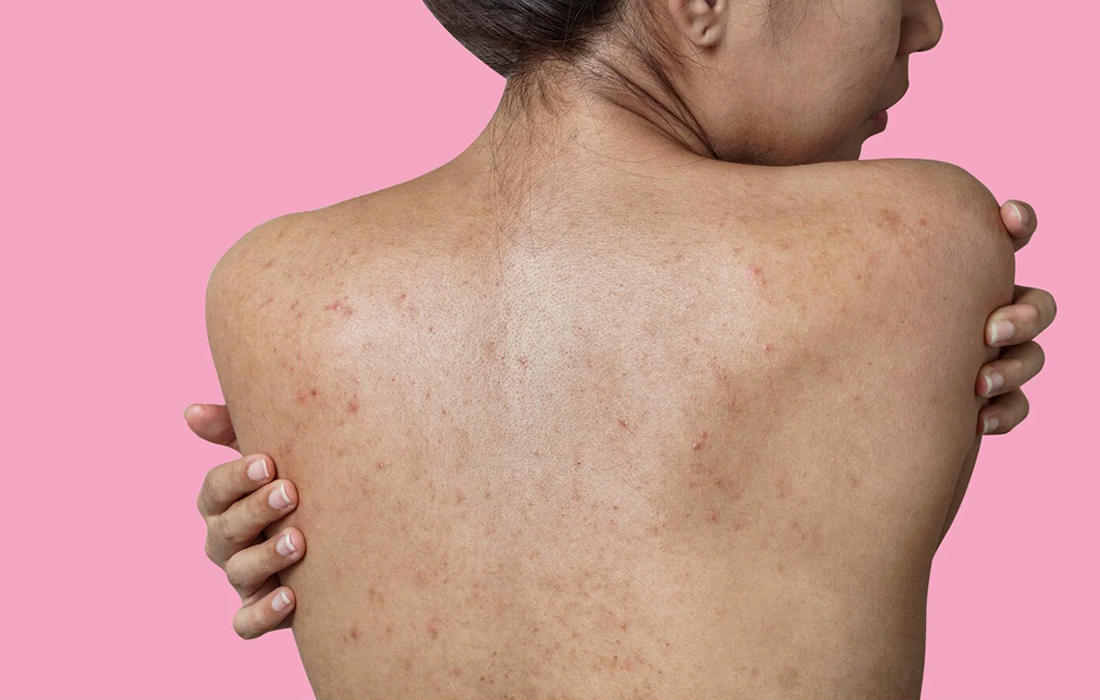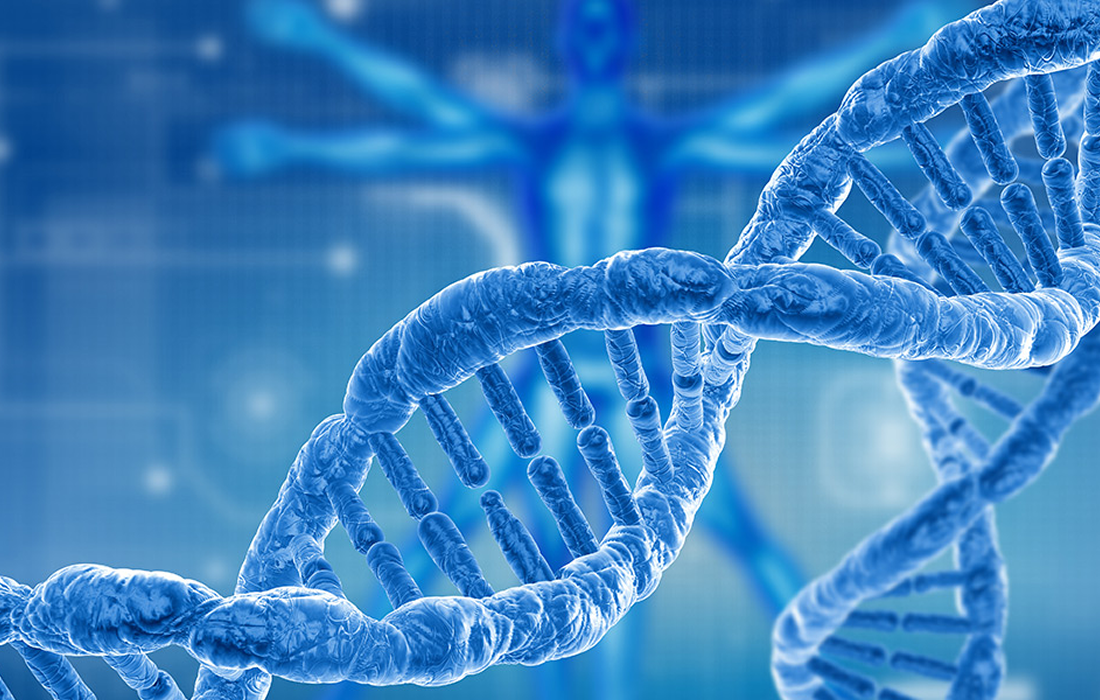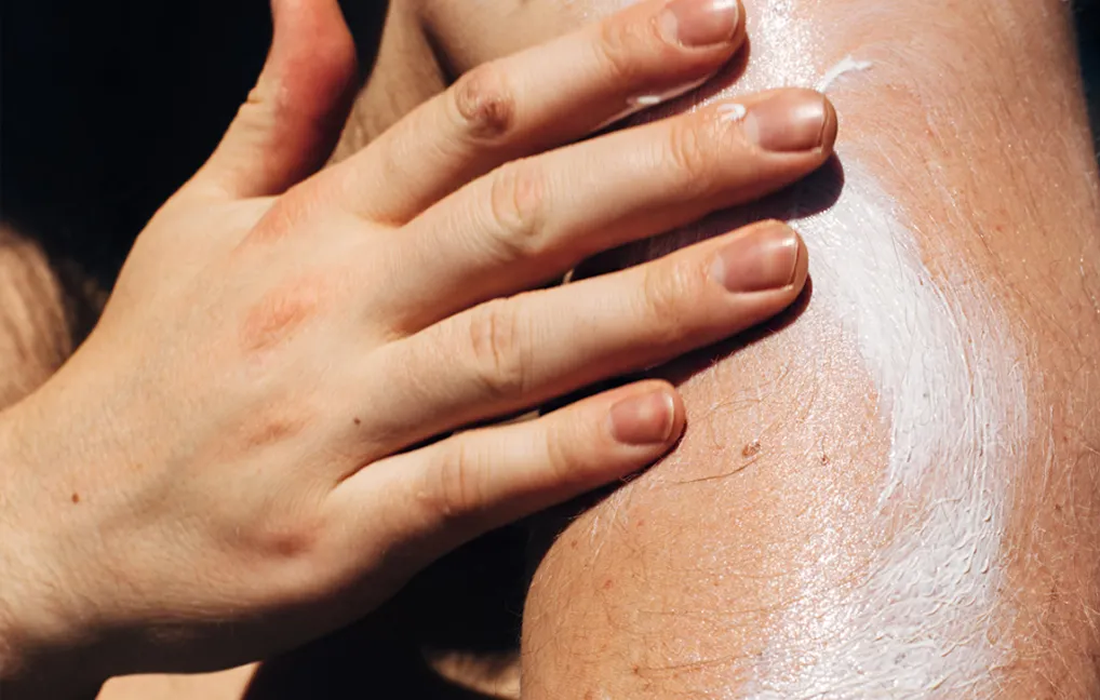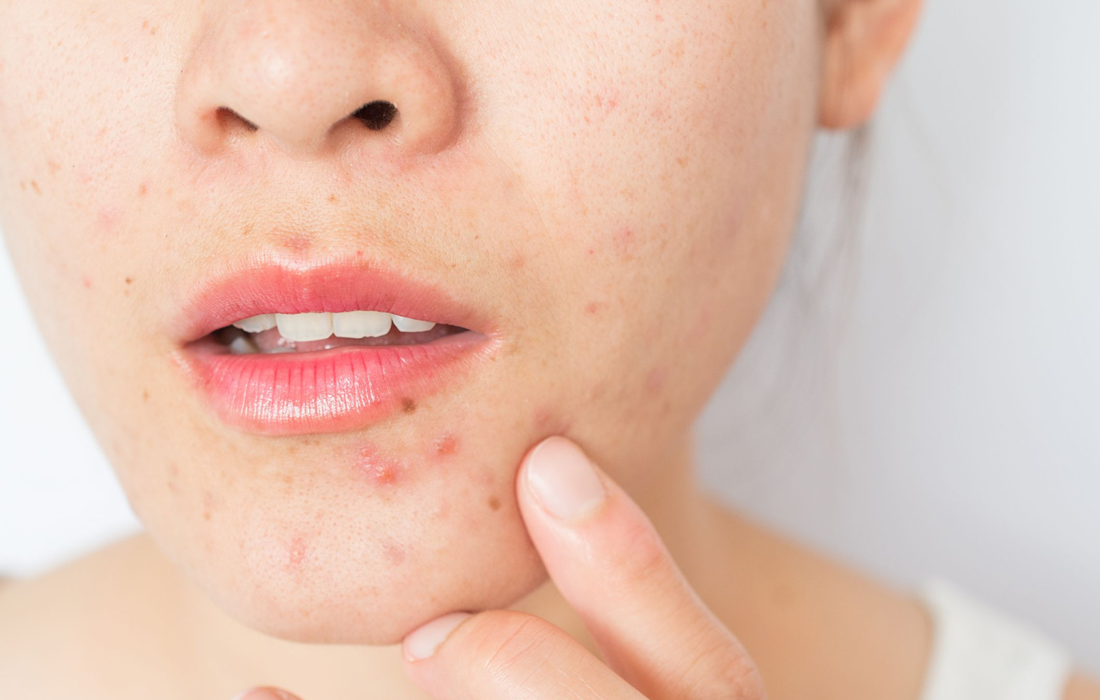Finding and implementing preventive measures that can slow down the aging process is currently recognized as a major challenge of preventive medicine to combat the epidemic of age-dependent chronic diseases that is emerging as a result of a rapidly aging world population. Disparities in the pace of biological aging are already detectable at midlife indicating […]
Category Archives: Anti-Aging
Acne is among the most common skin diseases in the United States, according to the American Academy of Dermatology Association, affecting up to 50 million Americans each year. It is also among the least studied. It’s known that hair follicles assist in the development of a pimple, but new research suggests the skin cells outside […]
Partial reprogramming by expression of reprogramming factors (Oct4, Sox2, Klf4 and c-Myc) for short periods of time restores a youthful epigenetic signature to aging cells and extends the life span of a premature aging mouse model. However, the effects of longer-term partial reprogramming in physiologically aging wild-type mice are unknown. As organisms age, it is […]
Acne vulgaris is characterized by noninflammatory, open or closed comedones and by inflammatory papules, pustules, and nodules. Acne vulgaris typically affects the areas of skin with the densest population of sebaceous follicles; these areas include the face, the upper part of the chest, and the back. Acne vulgaris is the most common skin disease in […]
Aging is a time-dependent functional decline in molecular, cellular, and organismal homeostasis that is affected by multiple environmental and genetic factors. Genetic studies, such as loss or gain of function or forward genetic screens, have identified many of its conserved genes and mechanisms. From the metabolic perspective, nutrient-sensing pathways such as the growth hormone and […]
Stem cell therapy for repair and regeneration of tissues and organs damaged by trauma or degeneration is now used in many fields of medicine. The mesenchymal stem cells are one of the major stem cell types used in regenerative medicine. They can be obtained from several tissues, including the subcutaneous adipose tissue, and used either […]
The skin is the largest organ in the body. It has an average area of about 20 square feet , that’s the size of a 4′ by 5′ room. Skin diseases affect about 84.5 million Americans. Aging, trauma, and environmental and genetic factors can lead to a wide range of skin conditions. The stratum corneum […]
Acne vulgaris is characterized by noninflammatory, open or closed comedones and by inflammatory papules, pustules, and nodules. Acne vulgaris typically affects the areas of skin with the densest population of sebaceous follicles; these areas include the face, the upper part of the chest, and the back. It is the most common skin disease in the […]
The outer layer of skin, the epidermis, is constantly turning over to replace dead or damaged cells throughout our lifetime. Skin stem cells need to continuously make decisions: either make more copies of themselves (self-renewal) or switch their fate towards differentiation. The gene regulatory mechanisms governing these two distinct progenitor fate choices, especially the early […]
There are some studies about anti-aging proteins that have long been shown to protect against age-related diseases, such as cancer, neurodegeneration, and cardiovascular disease. Those proteins are present in the blood, and they can be measured to get an idea of the metabolism of your body. The immune system is an army to defend or […]


